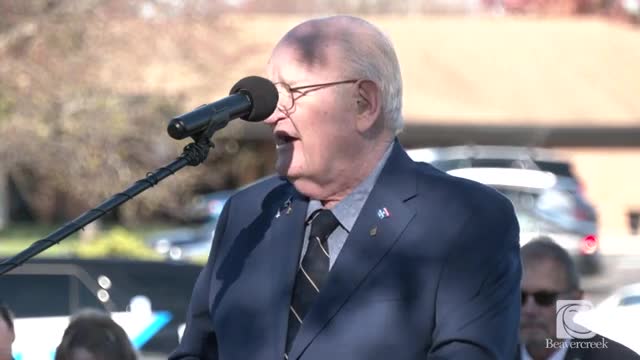Pilots recount daring missions over North Vietnam
November 22, 2024 | Beavercreek, Greene County, Ohio
This article was created by AI summarizing key points discussed. AI makes mistakes, so for full details and context, please refer to the video of the full meeting. Please report any errors so we can fix them. Report an error »

During a recent government meeting, discussions highlighted the evolution of military flight operations over North Vietnam, particularly focusing on the changes in restrictions that pilots faced. Initially, strict limitations were imposed on flight paths and target areas, which significantly constrained operational capabilities. However, as the conflict progressed, these restrictions were gradually lifted, allowing for more extensive missions.
One participant recounted their experience flying in a \"pot formation,\" a tactical arrangement reminiscent of World War II bomber formations. This involved four flights of four aircraft, maintaining a distance of approximately 500 feet apart. The formation was designed to enhance defense against surface-to-air missile threats, utilizing jamming technology to protect the aircraft.
The insights shared during the meeting shed light on the strategic adaptations made by military forces in response to evolving combat conditions, illustrating the complexities of aerial operations during the Vietnam War.
One participant recounted their experience flying in a \"pot formation,\" a tactical arrangement reminiscent of World War II bomber formations. This involved four flights of four aircraft, maintaining a distance of approximately 500 feet apart. The formation was designed to enhance defense against surface-to-air missile threats, utilizing jamming technology to protect the aircraft.
The insights shared during the meeting shed light on the strategic adaptations made by military forces in response to evolving combat conditions, illustrating the complexities of aerial operations during the Vietnam War.
View full meeting
This article is based on a recent meeting—watch the full video and explore the complete transcript for deeper insights into the discussion.
View full meeting
